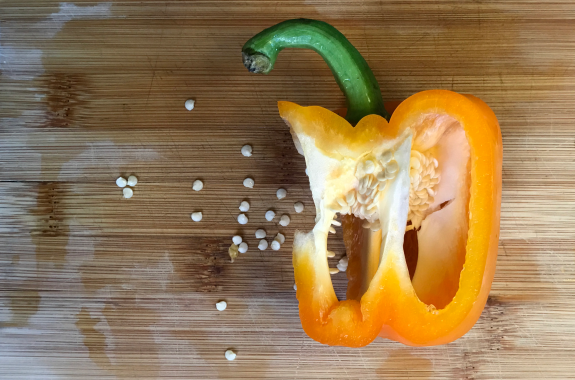Grade Level
All
minutes
15 minutes or fewer
subject
General Science
Activity Type:
dissection, hack, reverse engineering, break down
Sometimes in order to understand how complex things work, it helps to break them down into simpler pieces.
It’s a fun way to pass the time, and learn about how everything from flower buds to small electronics are assembled. Here are six things you can break down in 10 minutes or less.
Share your projects with the hashtag #IBrokeItDown on Twitter or Instagram, and tag @scifri–we can’t wait to see what you discover!
Break Down Your…Breakfast Cereal
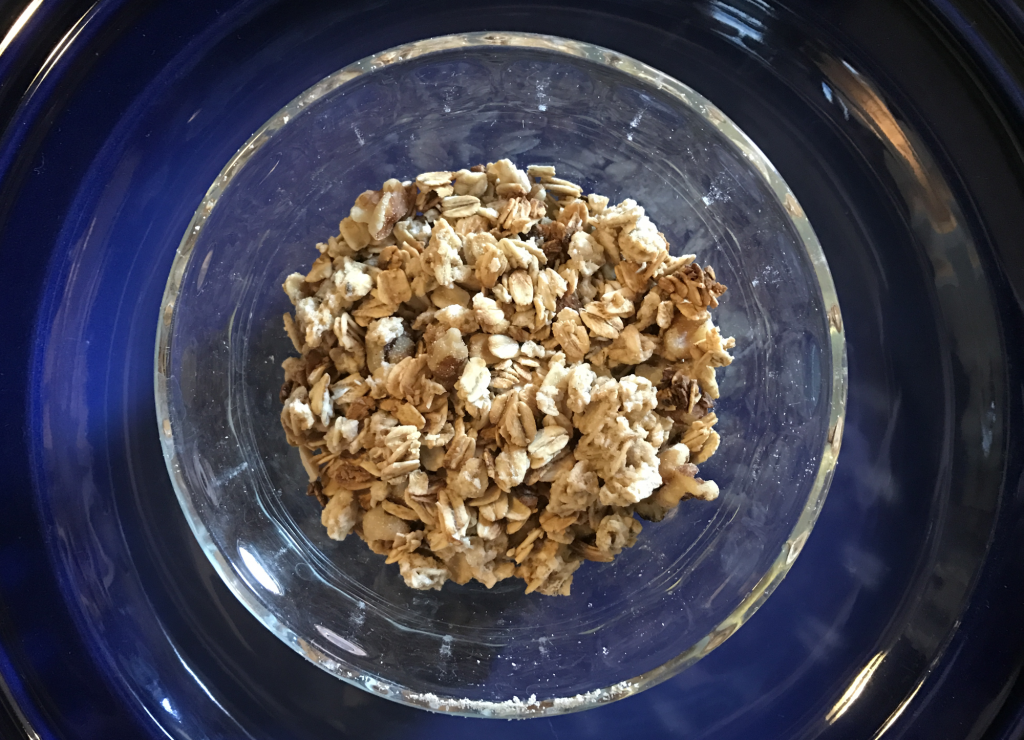
- Select a cereal that has at least two kinds of “things” in it, like bran flakes with raisins or a marshmallow cereal.
- Pour the cereal into a clear bowl.
- Keeping the cereal bowl on the table, shimmy the bowl vigorously back and forth and side to side.
- Look into the side of the bowl; do you notice a pattern in how the cereal has separated? How could this be useful or annoying for cereal manufacturers?
This is an example of gravity separation, where mixtures of are shaken and separated into different materials by size and weight. Versions of gravity separation are used to separate comingled recyclables for recycling.
Break Down Your…Ink
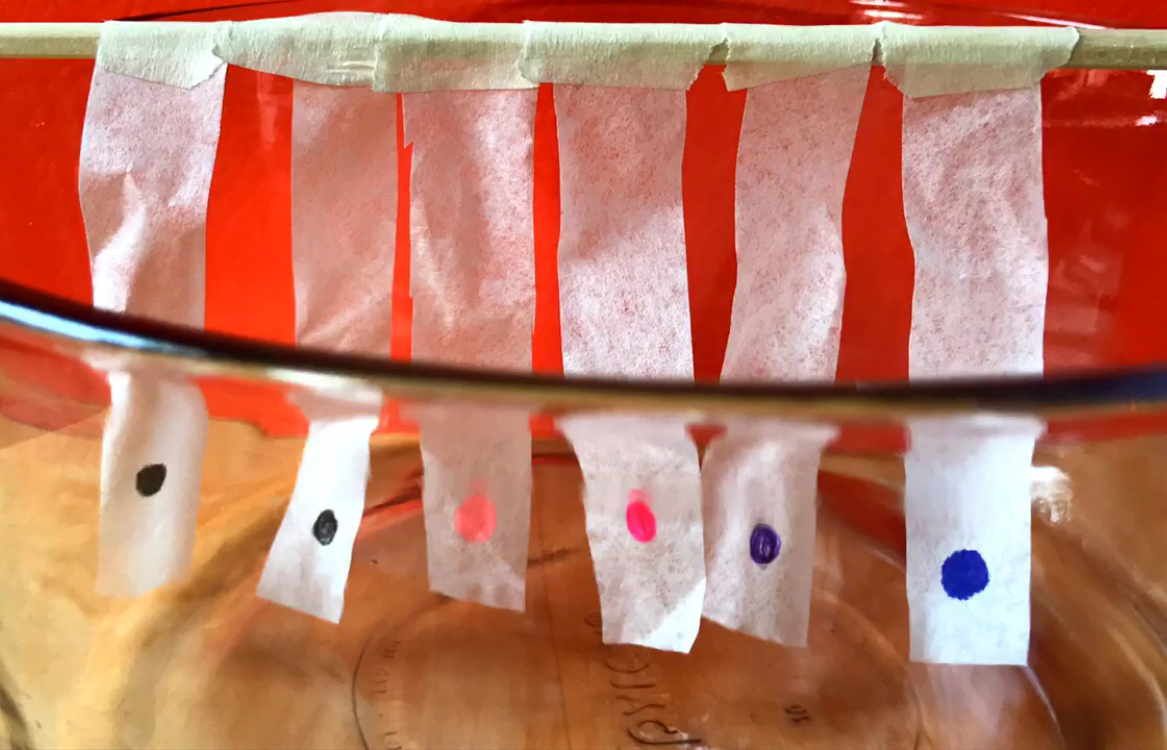
- Use a ballpoint pen to draw a 1-centimeter dot, 1 centimeter from the bottom of a 20-centimeter-long strip of coffee filter paper.
- Use tape and a chopstick or pencil to hang the piece of filter paper into a glass dish or bowl so that it rests just above the bottom, with the dot end down. Place the glass dish on a work surface in a well-ventilated area.
- Add just enough nail polish remover to the glass dish so that it wets the bottom of the filter paper. Wait 10 minutes.
- Observe the ink as it is drawn up and separates into its component colors. Is there any indication that the ink is made of more than one substance or color? Try this procedure again with different pens of the same color. Do their inks separate out in the same way?
This is a separation process called paper chromatography. Chromatography is the process of separating chemical components for identification. Chromatography doesn’t just work on ink—you can use it to break down the ingredients in food or the pigments in leaves, and even to help solve crimes.
Break Down Your…Water
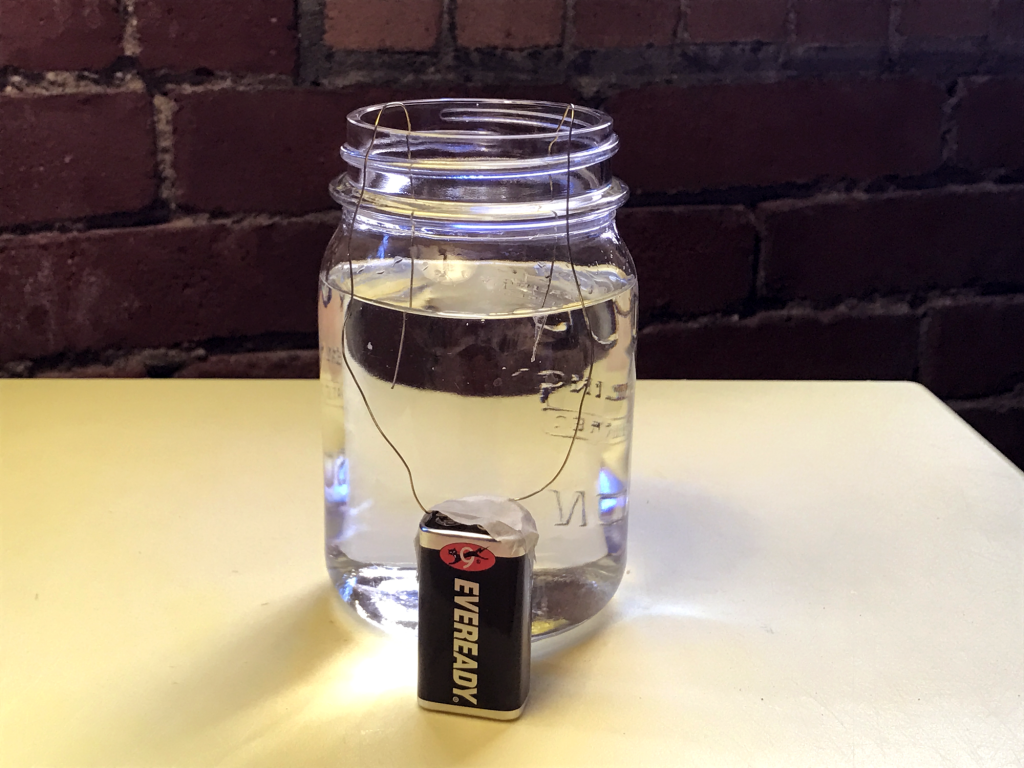
- Pour water into a clear glass, add a sprinkle of baking soda, and stir.
- Connect one 5-inch wire to the positive terminal of a 9V battery, and one 5-inch wire to the negative terminal.
- Put both ends into the glass of water so that they are close but not touching. Wait a couple of minutes. The flow of electrons between the two terminals through the liquid splits water (H20) into hydrogen gas (H2), which collects at the negative terminal, and oxygen (O2), which collects at the positive terminal.
- Look closely at the two wires. Do you see those bubbles? Which side is producing more bubbles? Try adding more baking soda to see if it changes how much gas is produced.
This process of chemically changing a substance using electric current is called electrolysis. Electrolysis of water can be used to create hydrogen fuel cells and breathable oxygen.
Break Down Your…Texts and Tweets
- Copy and paste the last five texts or tweets that you wrote into a new document on your phone or computer.
- Break down your messages by counting the total number of words, emoji, hashtags, periods, exclamation points, words that convey positive emotion, and words that convey negative emotion in each message.
- Analyze your data: Are there any patterns? For example, are periods more commonly used with words that convey negative emotion? Do emoji replace other punctuation? Are messages longer or shorter when more emoji and hashtags are used?
The field of study that researches language is called linguistics. By breaking down language, linguists have shown how positive and negative language in political speeches sways elections. They’ve created new languages, too. Linguistics research has even shown that people who receive texts ending in periods are more likely to think the sender does not want to hang out with them.
Break Down Your…Old Disk, Drive, or Cassette
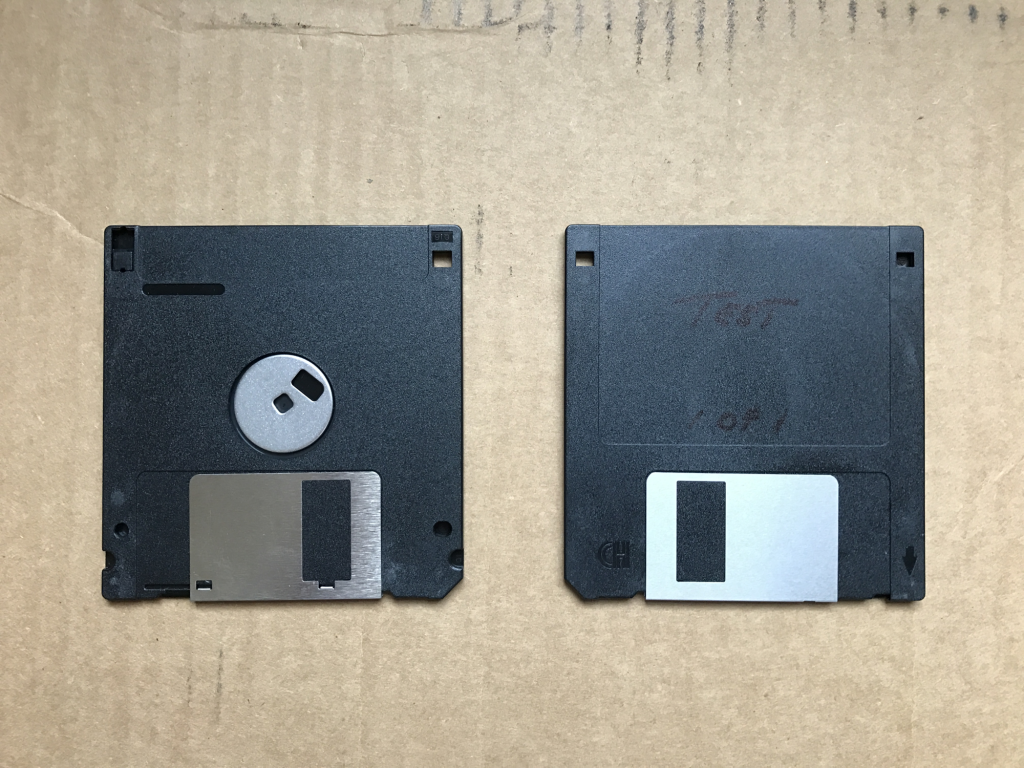
- Put on work gloves and safety glasses, and grab an information storage device such as a floppy disk, a USB drive, a hard drive, a VHS tape, or a cassette tape. Make sure you have permission to destroy it.
- Break it down into its constituent parts, paying attention to the different materials, types of components, etc.
- Take note: Can you tell where the information is stored? What parts move and what parts are stationary?
Breaking town technology is a quick way to learn how something works, and is the first step to reverse engineering, the process of breaking down an object into its components in order to replicate or redesign it. Learn about the parts used to store and protect information in your device, whether it is a flash drive, VHS tape, floppy disk, or hard drive.
Break Down Your…Veggies
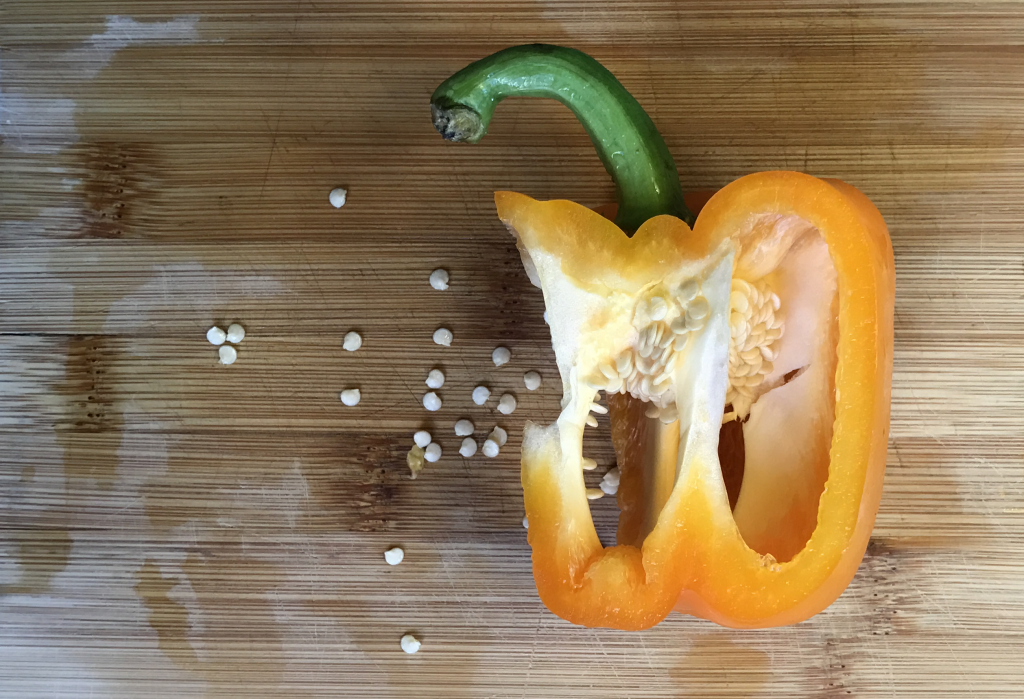
- Grab two different kinds of vegetable, and carefully take each apart with your hands, teeth, or with a knife.
- Try to find and separate the leaves, seeds, large veins, and skin of each vegetable.
- Take note: Are there any differences between tissues in their texture, color, or thickness? Do the different vegetables you broke down have seeds? Can you find the veins that carry water and nutrients?
Plant dissection is a useful approach for breaking down plant tissues and organs to understand how they perform functions essential to life. Dissections helps botanists and physiologists to understand how plants work and has enabled them to resurrect ancient plants, find evidence of plants communicating with one another, and even engineer plants to detect bombs.
Meet the Writer
About Ariel Zych
@arieloquentAriel Zych is Science Friday’s director of audience. She is a former teacher and scientist who spends her free time making food, watching arthropods, and being outside.
